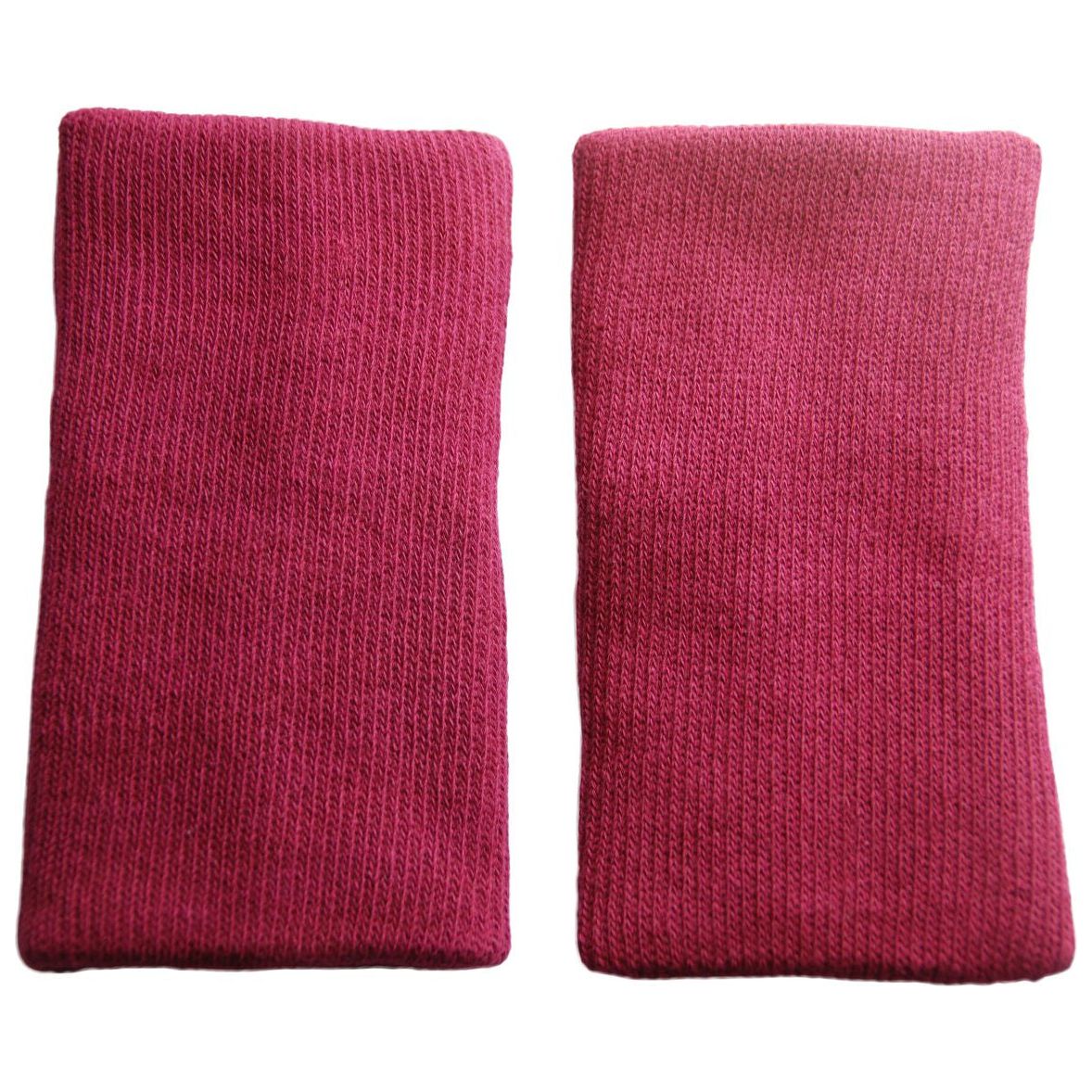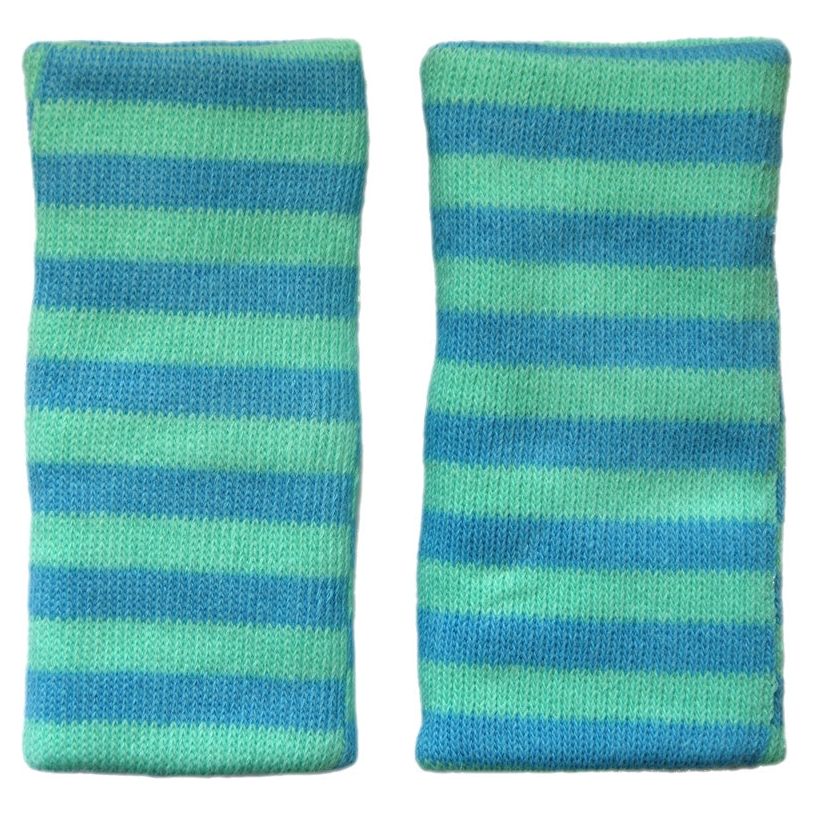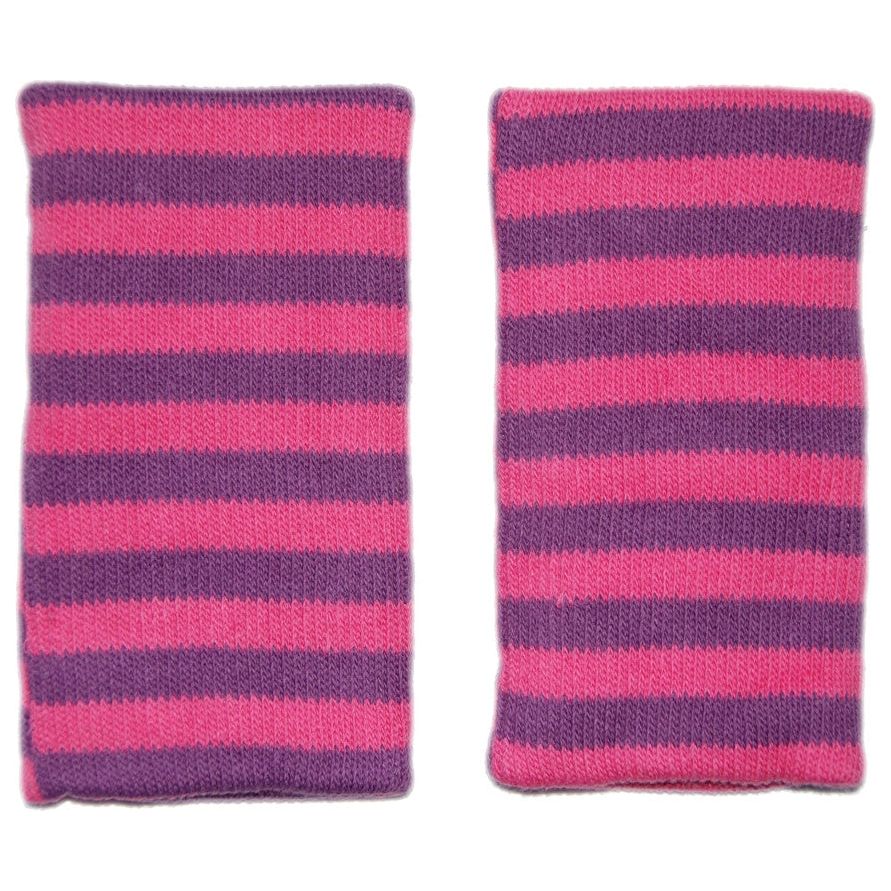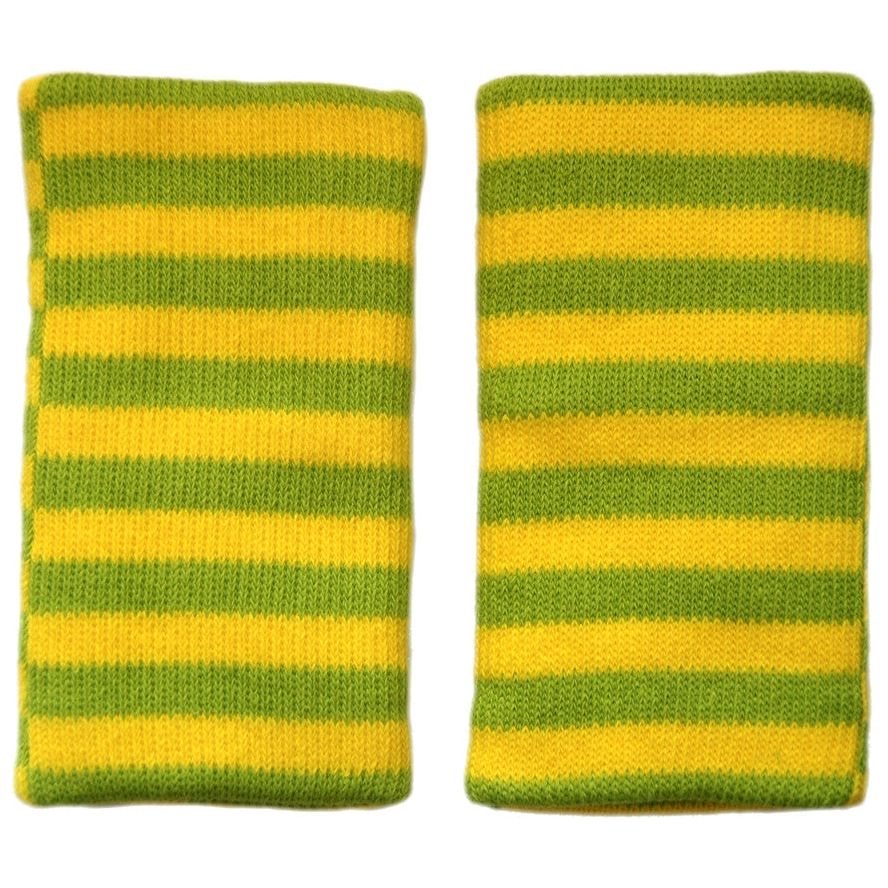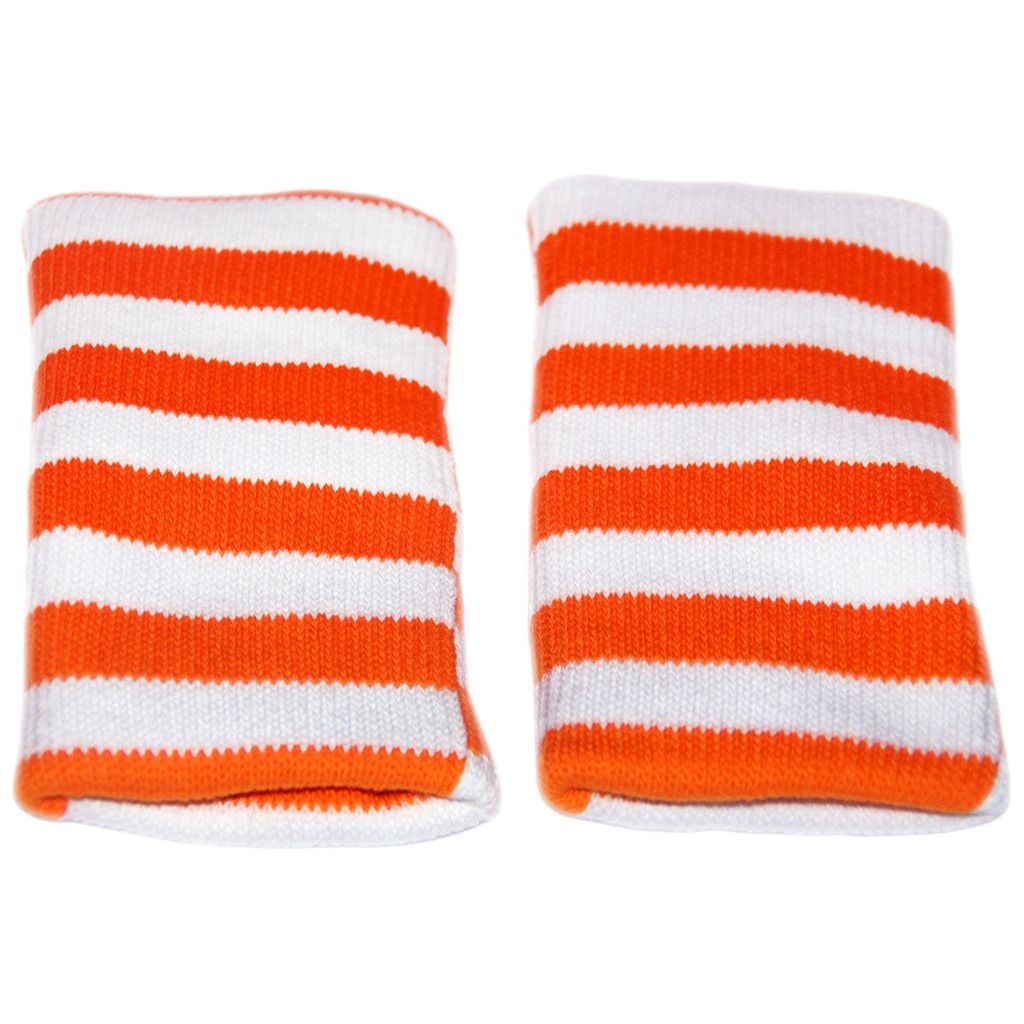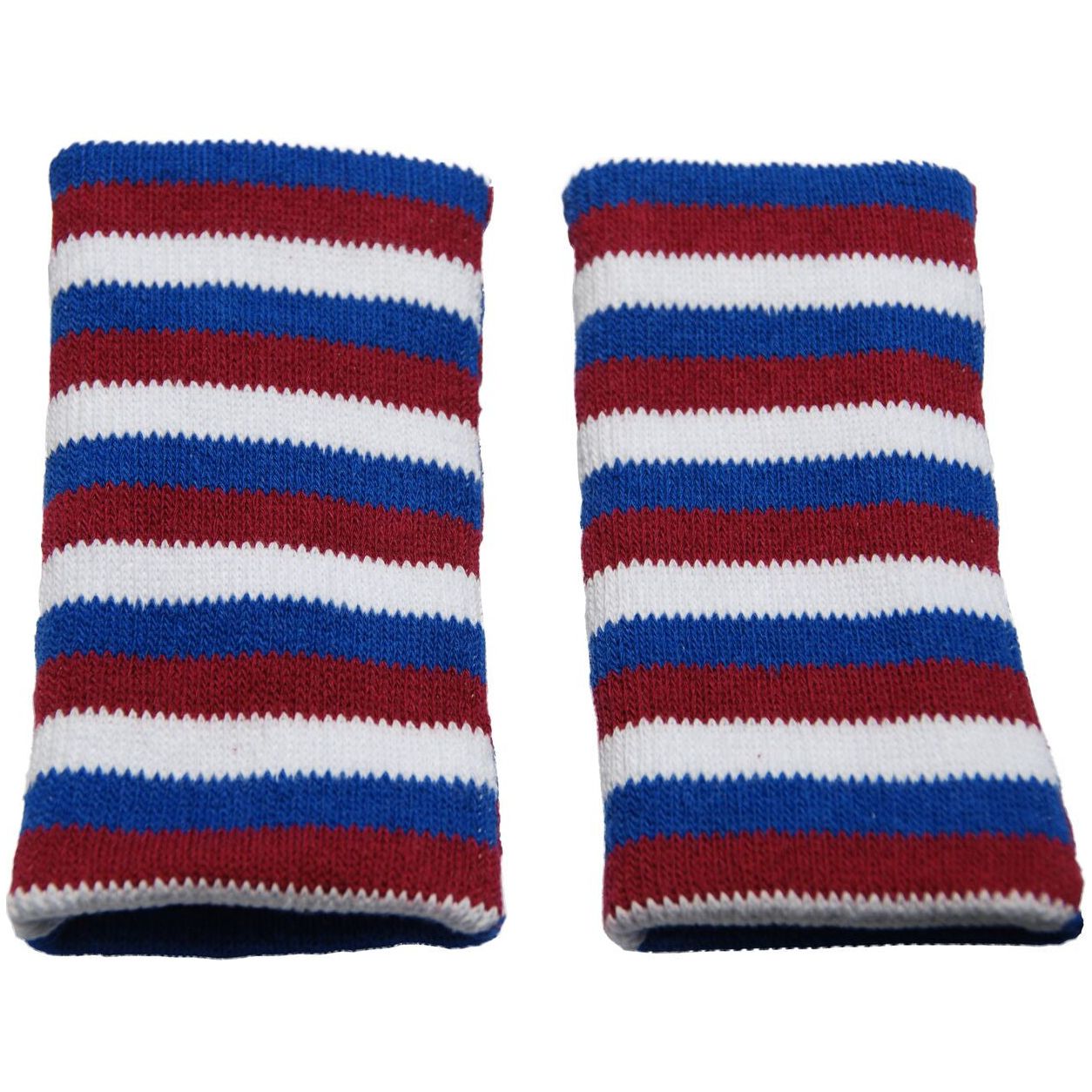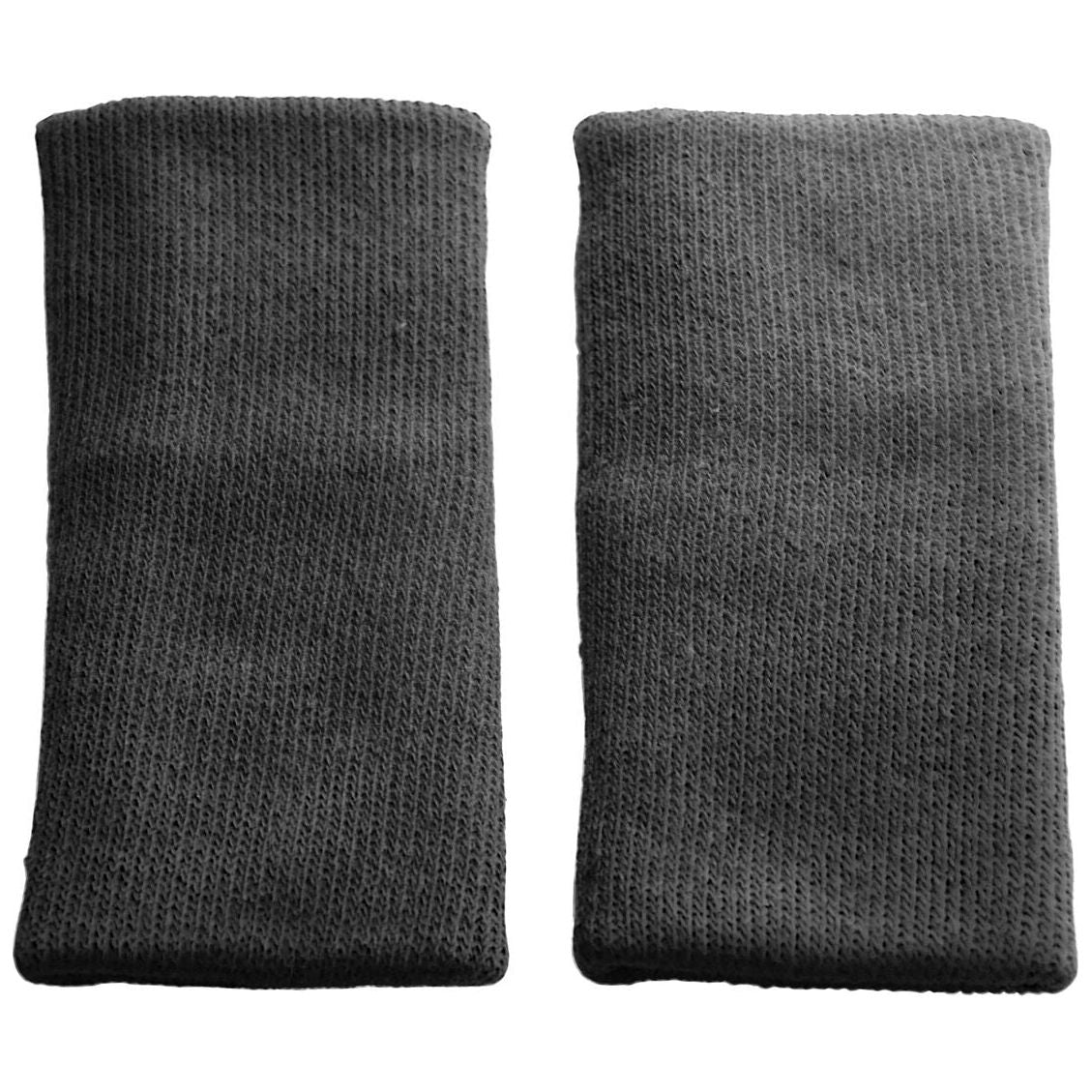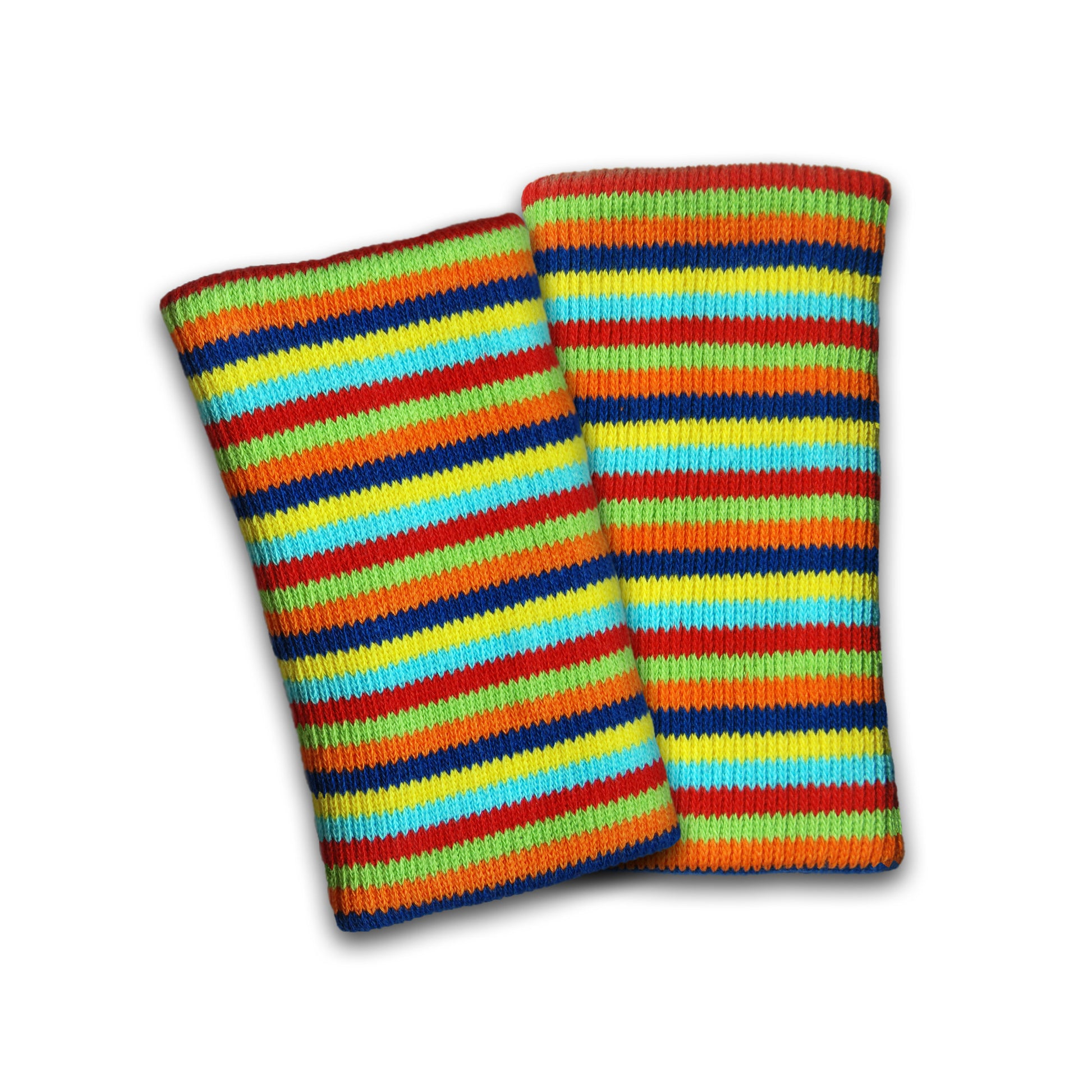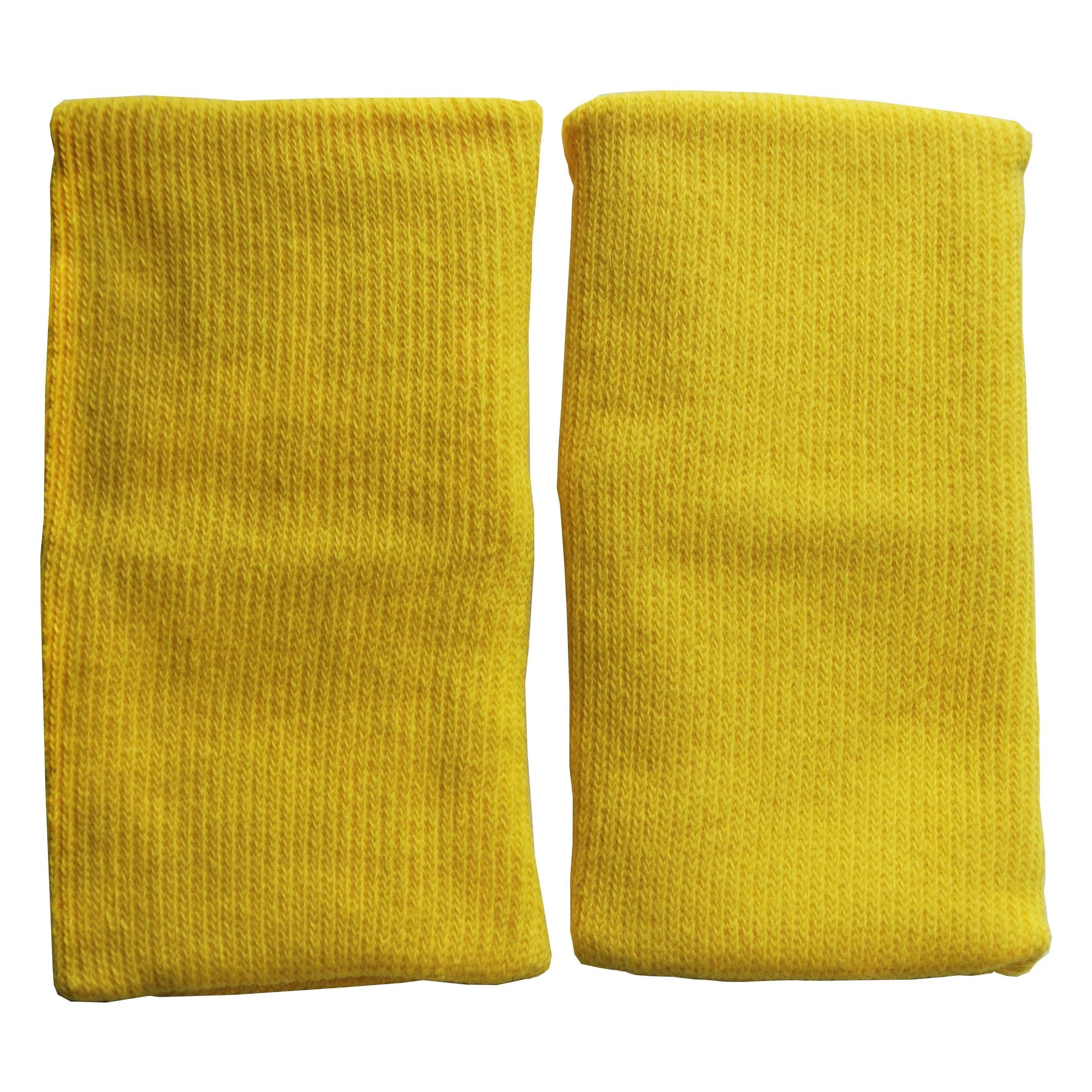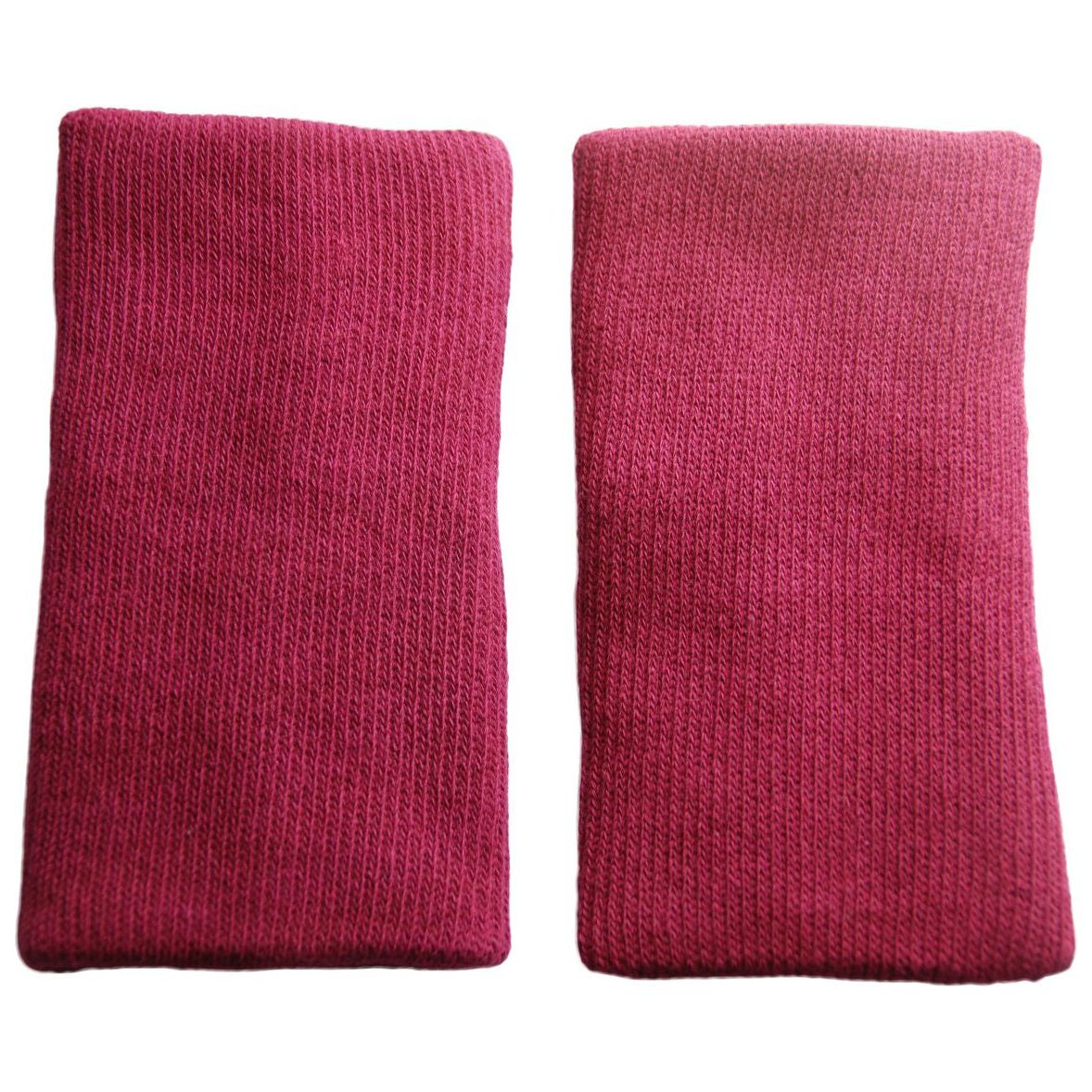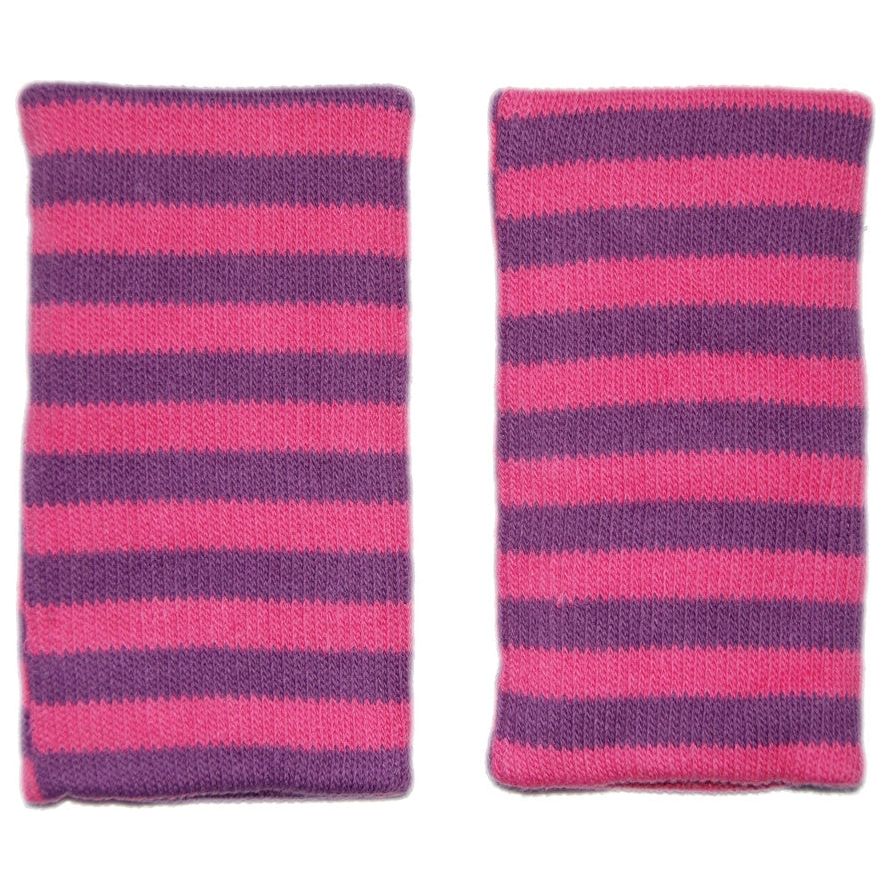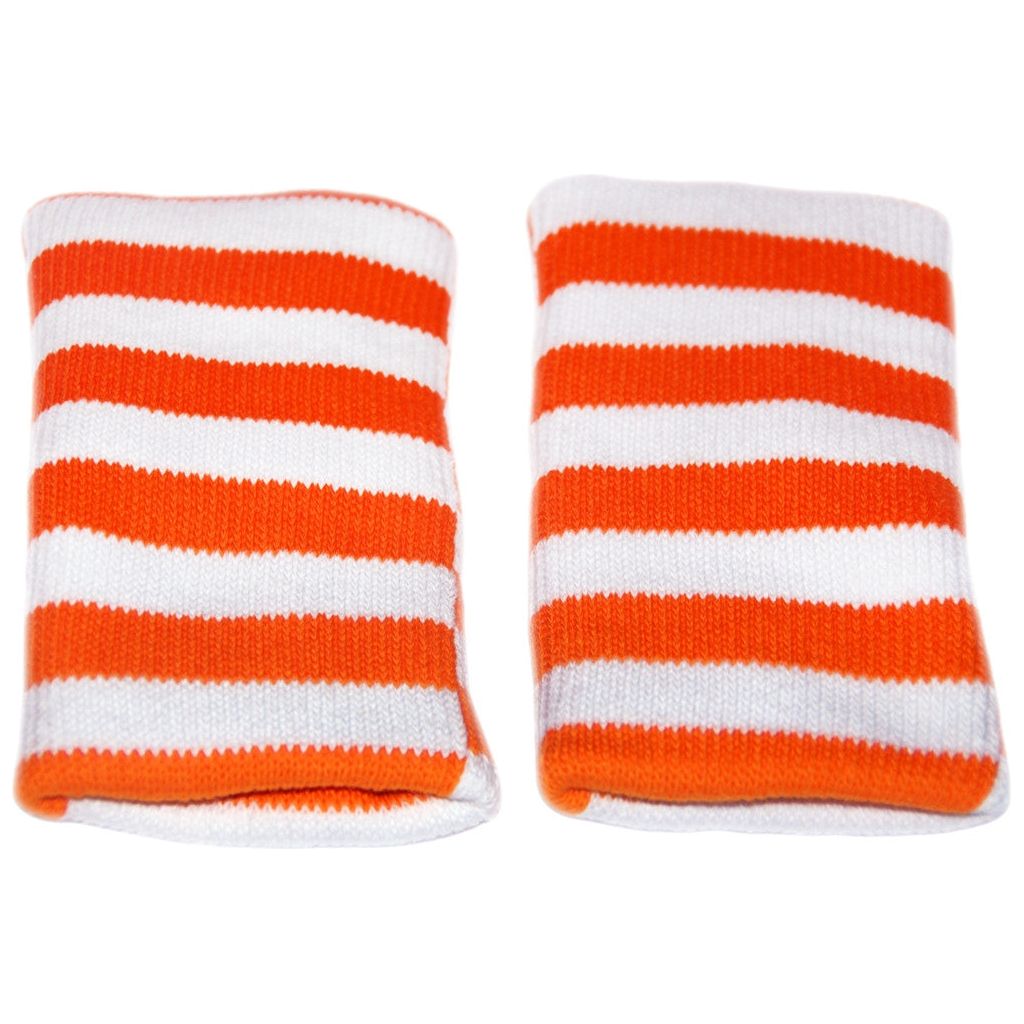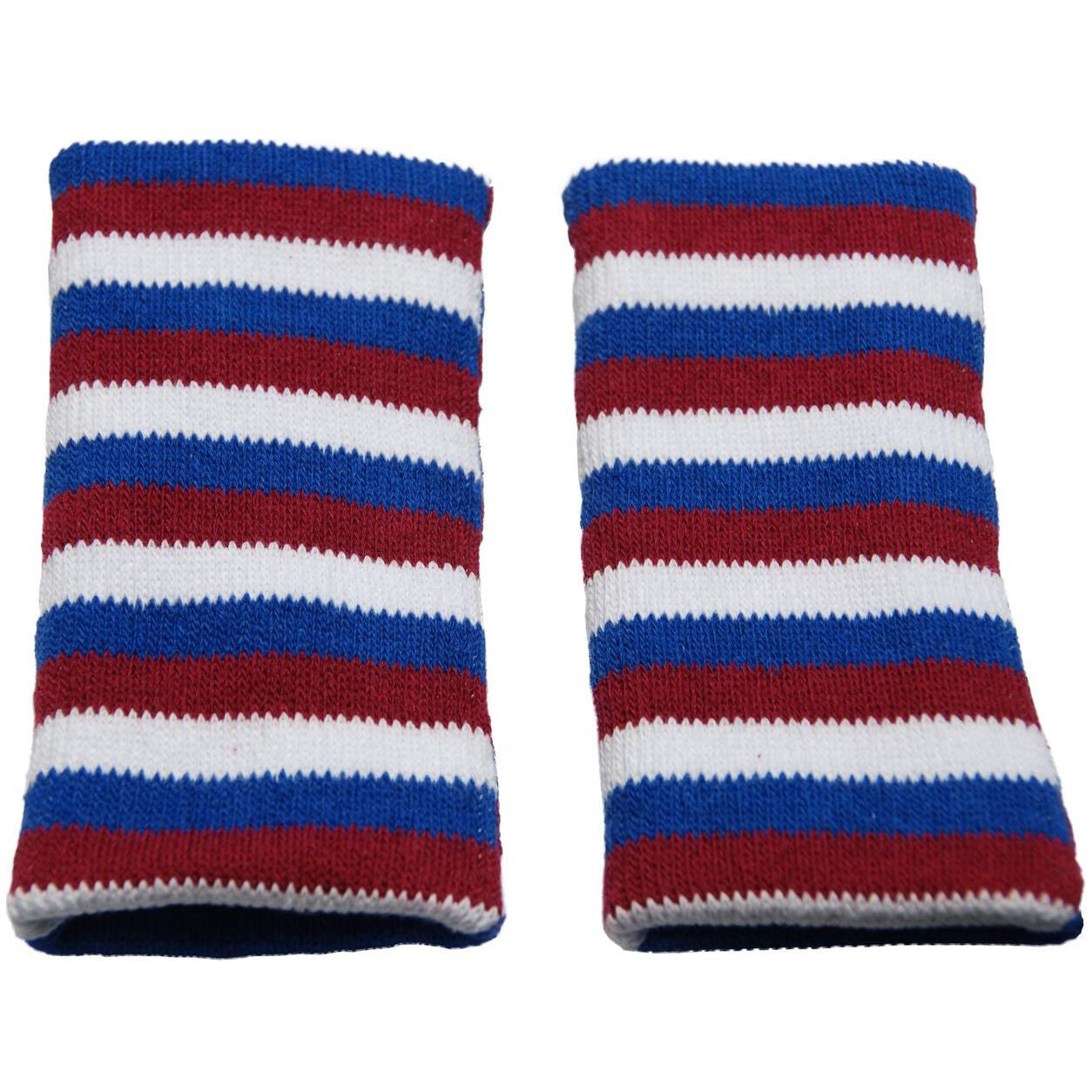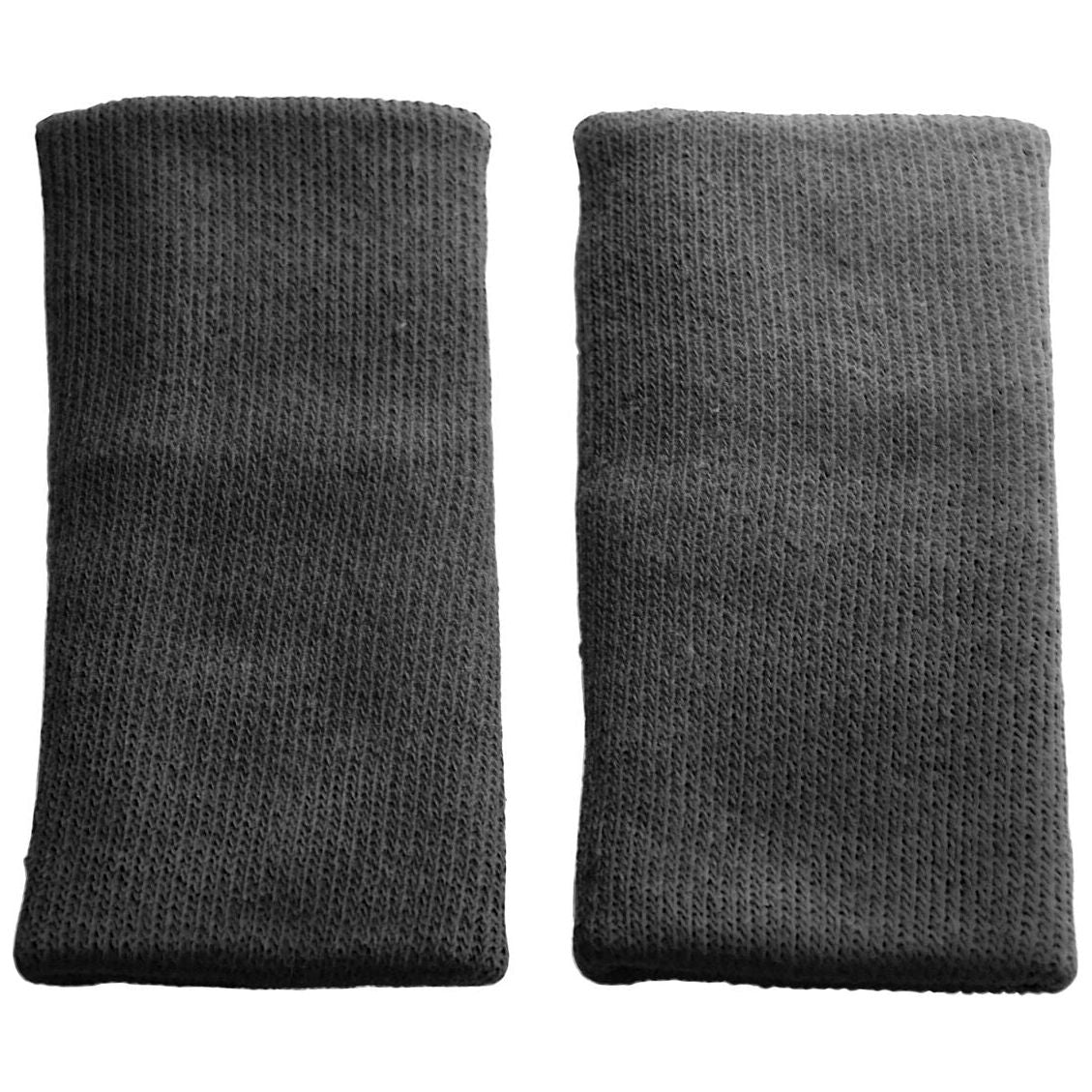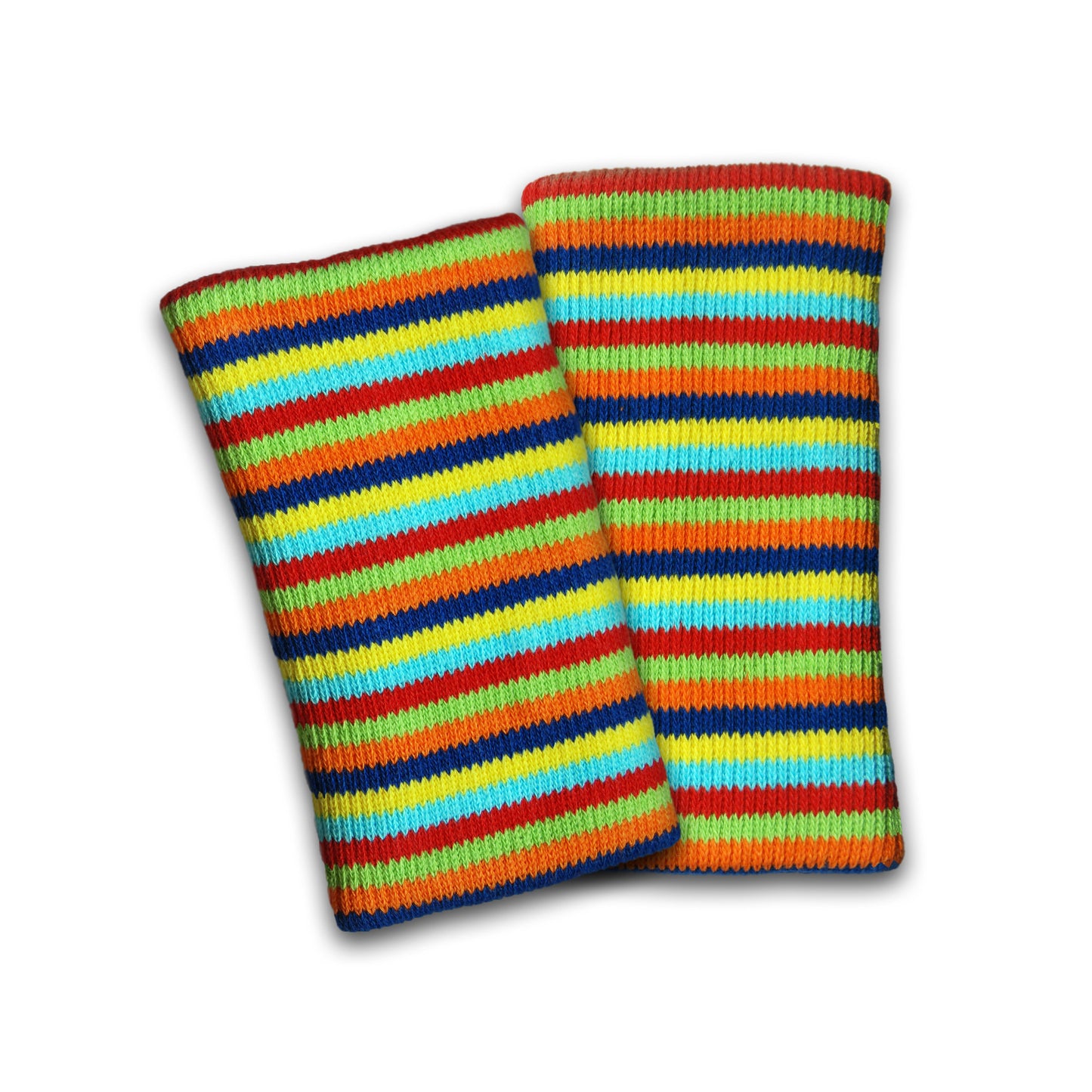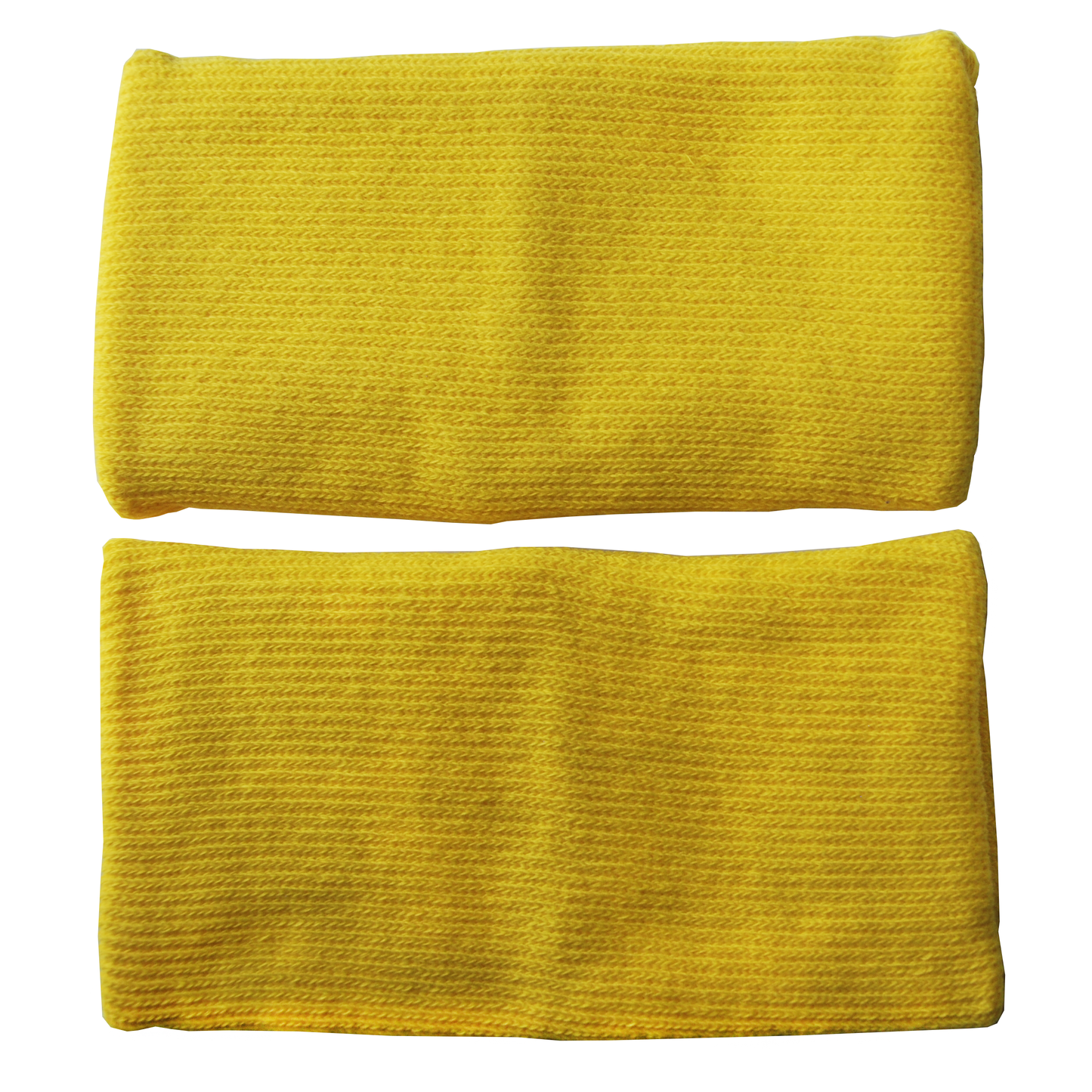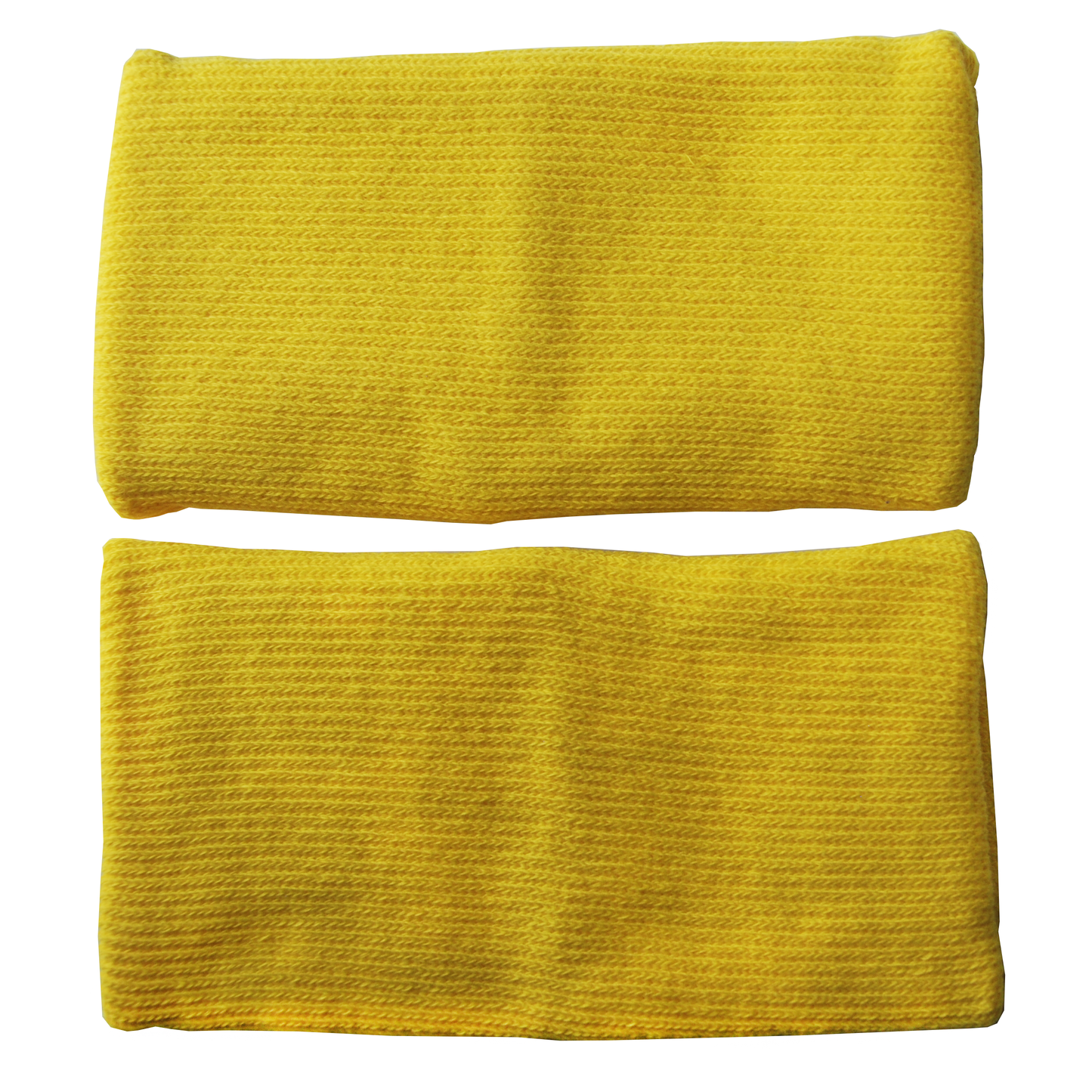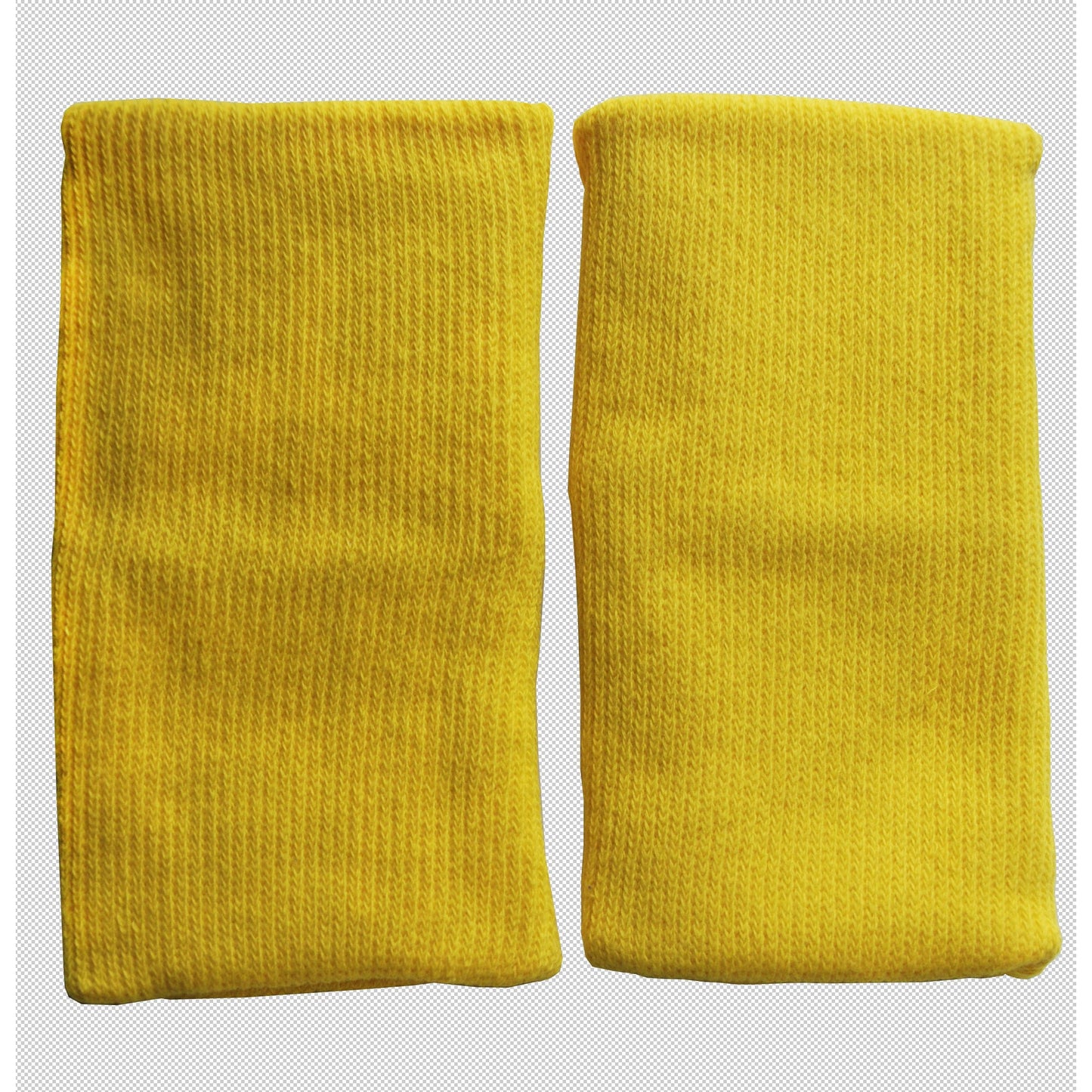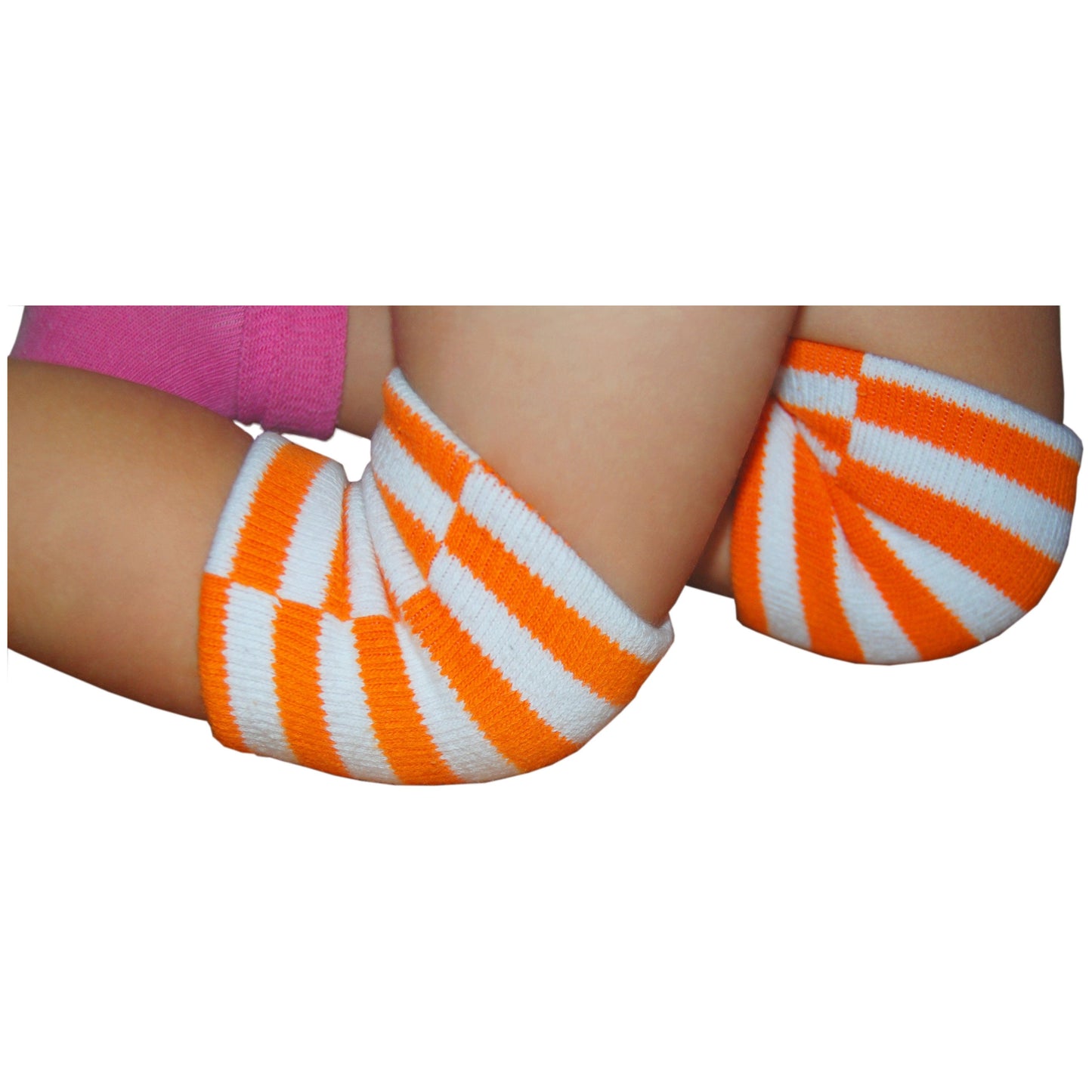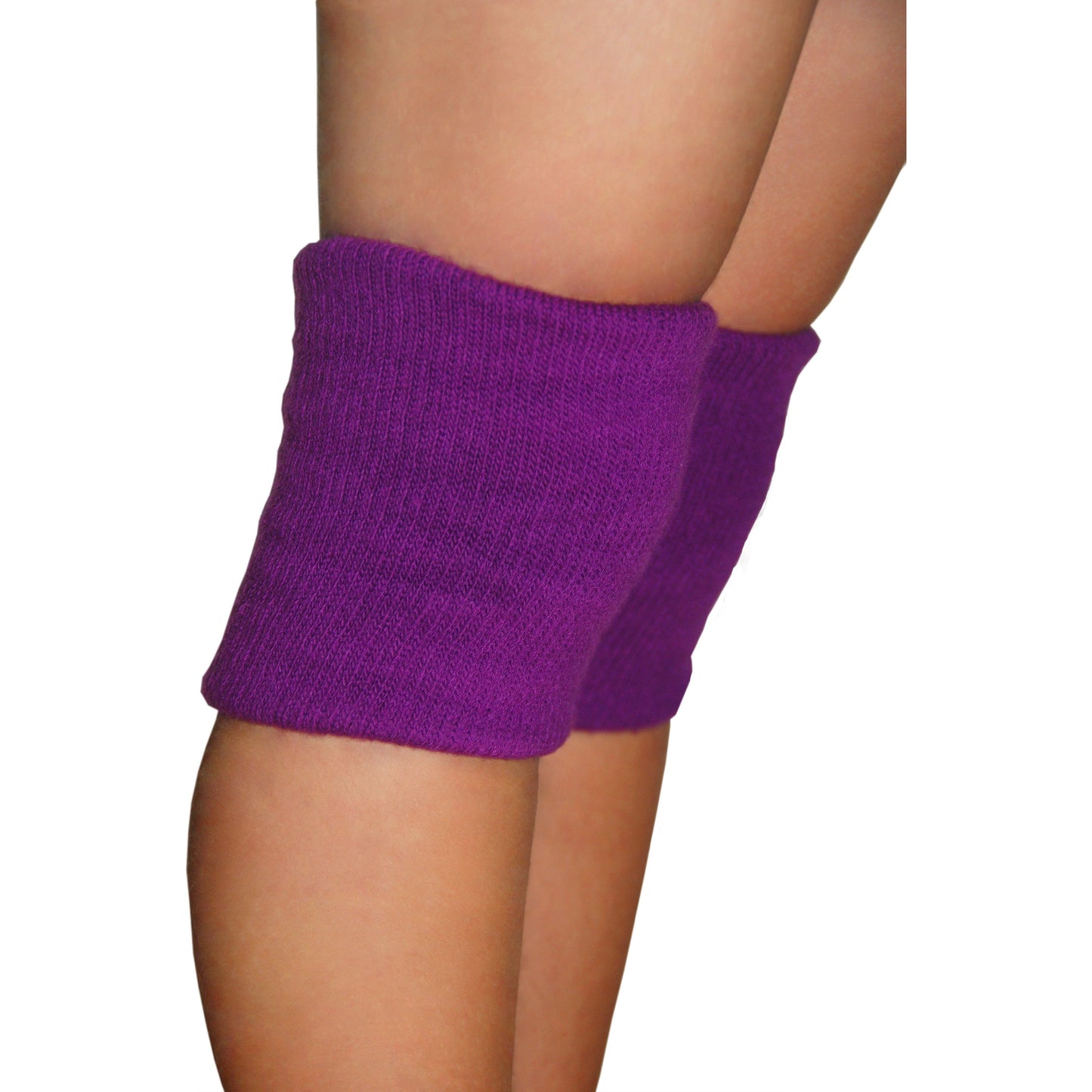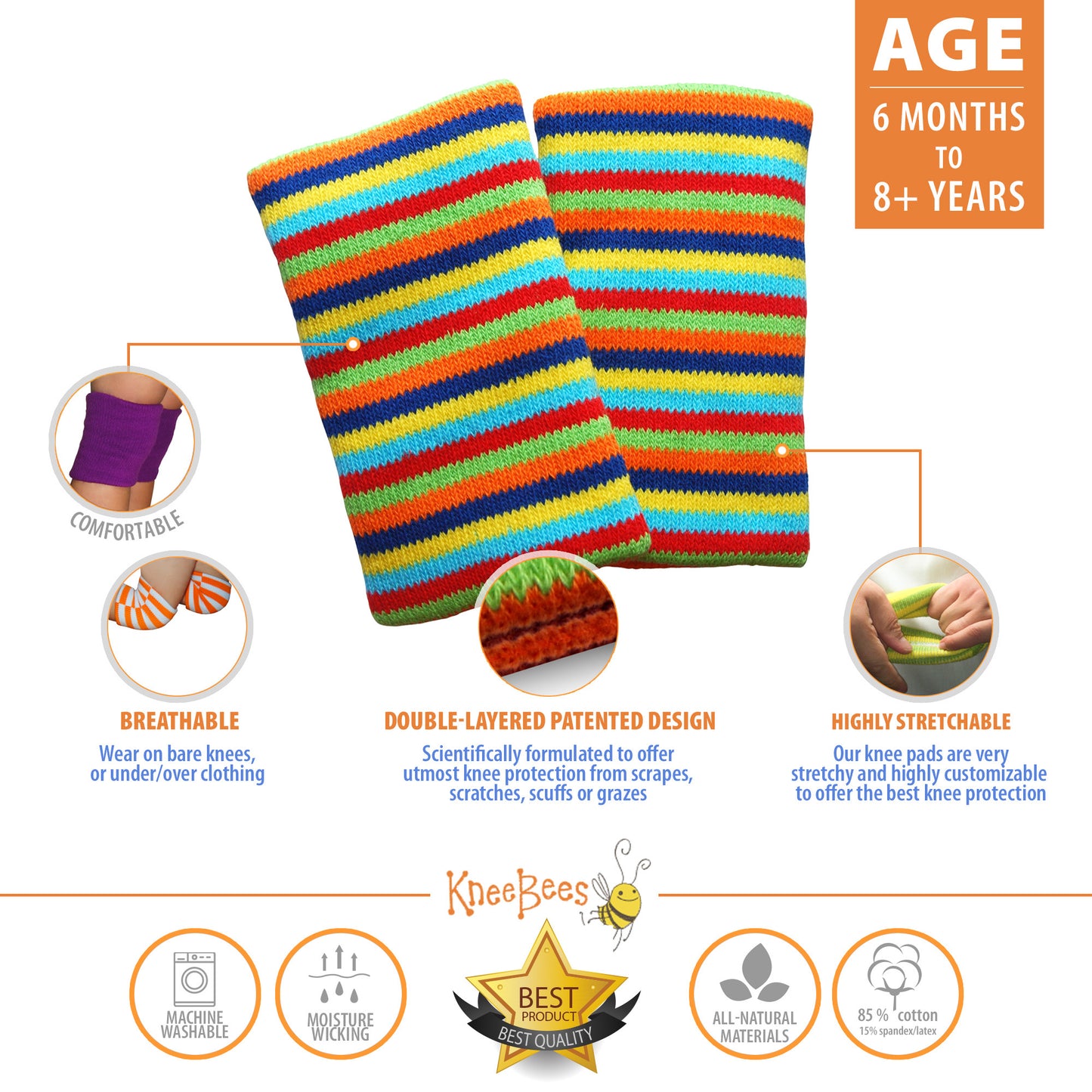Information below is taken from www.healthychildren.org . With more dangerously cold weather coming our way, we thought it was important to share this. "Whether winter brings severe storms, light dusting or just cold temperatures, the American Academy of Pediatrics (AAP) has some valuable tips on how to keep your children safe and warm. 
Image taken from http://www.theanimatedwoman.com/
What to Wear Dress infants and children warmly for outdoor activities. Several thin layers will keep them dry and warm. Don’t forget warm boots, gloves or mittens, and a hat. The rule of thumb for older babies and young children is to dress them in one more layer of clothing than an adult would wear in the same conditions. Blankets, quilts, pillows, bumpers, sheepskins and other loose bedding should be kept out of an infant's sleeping environment because they are associated with suffocation deaths and may contribute to Sudden Infant Death Syndrome (SIDS). Sleep clothing like one-piece sleepers or wearable blankets is preferred. If a blanket must be used to keep a sleeping infant warm, it should be thin and tucked under the crib mattress, reaching only as far as the baby’s chest, so the infant's face is less likely to become covered by bedding materials.
Hypothermia Hypothermia develops when a child's temperature falls below normal due to exposure to colder temperatures. It often happens when a youngster is playing outdoors in extremely cold weather without wearing proper clothing or when clothes get wet. It can occur more quickly in children than in adults. As hypothermia sets in, the child may shiver and become lethargic and clumsy. Speech may become slurred and body temperature will decline in more severe cases. If you suspect your child is hypothermic, call 911 at once. Until help arrives, take the child indoors, remove any wet clothing, and wrap him in blankets or warm clothes.
Frostbite Frostbite happens when the skin and outer tissues become frozen. This condition tends to happen on extremities like the fingers, toes, ears and nose. They may become pale, gray and blistered. At the same time, the child may complain that his/her skin burns or has become numb. If frostbite occurs, bring the child indoors and place the frostbitten parts of her body in warm (not hot) water. 104° Fahrenheit (about the temperature of most hot tubs) is recommended. Warm washcloths may be applied to frostbitten nose, ears and lips.
Do not rub the frozen areas. After a few minutes, dry and cover the child with clothing or blankets. Give him/her something warm to drink. If the numbness continues for more than a few minutes, call your doctor.
Winter Health If your child suffers from winter nosebleeds, try using a cold air humidifier in the child's room at night. Saline nose drops or petrolatum jelly may help keep nasal tissues moist. If bleeding is severe or recurrent, consult your pediatrician. Many pediatricians feel that bathing two or three times a week is enough for an infant’s first year. More frequent baths may dry out the skin, especially during the winter. Cold weather does not cause colds or flu. But the viruses that cause colds and flu tend to be more common in the winter, when children are in school and are in closer contact with each other. Frequent hand washing and teaching your child to sneeze or cough into the bend of her elbow may help reduce the spread of colds and flu. Children 6 months of age and up should get the influenza vaccine to reduce their risk of catching the flu. It's not too late to get the vaccine! Around 80% of all influenza illness generally occurs in January, February, and March.
Winter Sports and Activities Set reasonable time limits on outdoor play to prevent hypothermia and frostbite. Have children come inside periodically to warm up. Using alcohol or drugs before any winter activity, like snowmobiling or skiing, is dangerous and should not be permitted in any situation. Ice Skating Allow children to skate only on approved surfaces. Check for signs posted by local police or recreation departments, or call your local police department to find out which areas have been approved. Advise your child to: Skate in the same direction as the crowd Avoid darting across the ice Never skate alone Not chew gum or eat candy while skating. Consider having your child wear a helmet, knee pads and elbow pads, especially while learning to skate.
Sledding Keep sledders away from motor vehicles. Children should be supervised while sledding. Keep young children separated from older children. Sledding feet first or sitting up, instead of lying down head-first, may prevent head injuries. Consider having your child wear a helmet while sledding. Use steerable sleds, not snow disks or inner tubes. Sleds should be structurally sound and free of sharp edges and splinters, and the steering mechanism should be well lubricated. Sled slopes should be free of obstructions like trees or fences, be covered in snow not ice, not be too steep (slope of less than 30º), and end with a flat runoff. Avoid sledding in crowded areas.
Snow Skiing and Snowboarding Children should be taught to ski or snowboard by a qualified instructor in a program designed for children. Never ski or snowboard alone. Young children should always be supervised by an adult. Older children’s need for adult supervision depends on their maturity and skill. If older children are not with an adult, they should always at least be accompanied by a friend. All skiers and snowboarders should wear helmets. Ski facilities should require helmet use, but if they do not, parents should enforce the requirement for their children. Equipment should fit the child. Skiers should wear safety bindings that are adjusted at least every year. Snowboarders should wear gloves with built-in wrist guards. Eye protection or goggles should also be used. Slopes should fit the ability and experience of the skier or snowboarder. Avoid crowded slopes. Avoid skiing in areas with trees and other obstacles.
Snowmobiling The AAP recommends that children under age 16 not operate snowmobiles and that children under age 6 never ride on snowmobiles. Do not use a snowmobile to pull a sled or skiers. Wear goggles and a safety helmet approved for use on motorized vehicles like motorcycles. Travel at safe speeds. Never snowmobile alone or at night. Stay on marked trails, away from roads, water, railroads and pedestrians.
Sun Protection The sun’s rays can still cause sunburn in the winter, especially when they reflect off snow. Make sure to cover your child’s exposed skin with sunscreen and consider using sunglasses.
Fire Protection Winter is a time when household fires occur. It is a good time to remember to: Buy and install smoke alarms on every floor of your home Test smoke alarms monthly Practice fire drills with your children Install a carbon monoxide detector outside bedrooms Keep space heaters at least 3 feet away from anything that could burn, and turn them off when leaving the room or sleeping." [caption id="attachment_1687" align="alignleft" width="675"] Image taken from http://emergency.cdc.gov/ Information below was taken from www.aap.org .
Image taken from http://emergency.cdc.gov/ Information below was taken from www.aap.org .
Extreme Temperatures: Heat and Cold The public health consequences of cold and heat extremes are substantial. Although adults can actively seek help, children cannot; they depend on the adults in their lives to get them the assistance they need. If a disaster occurs during a time when there are already extreme temperatures, children will be much more severely affected. The first step in supporting children in a disaster is to ensure that their basic needs are met (the most basic of which is physical safety [supervision and shelter] along with safe food and drinking water). Pediatricians can: Provide anticipatory guidance to families on home disaster preparedness while considering the unique problems of children with special health care needs. Encourage families to prepare an emergency kit and develop a family emergency plan. See Family Readiness Kit. (Spanish version) Advocate for local, state, child care facility, and school-related disaster plans to address children’s needs. With all audiences, discuss emergency or disaster situations where children might be affected by extreme temperatures. Train Emergency Medical Services (EMS) personnel and others to monitor children for signs and symptoms of developing heat illness and when indicated to implement effective heat illness risk-reduction strategies. Collaborate with Head Start, and other early education and child care programs, as well as schools on protocols and plans for when it is appropriate for children to play outdoors. See the AAP Standard on Playing Outdoors and a sample Child Care Weather Watch chart. Extreme Temperatures Heat and cold stress are environmental hazards. Because of their unique physiology, children are more susceptible to temperature extremes and their health effects. Children are less able to regulate their body temperature compared with adults. As a result, children are more likely to develop significant health effects when they are exposed to environmental temperature extremes. These extremes result from natural or man-made causes. Natural causes include heat waves, unseasonably cold weather, and winter storms. Man-made events can result from inadequate home heating or cooling, extended exposure to temperature extremes without proper gear, and overheated indoor environments, such as automobiles. Extreme Cold Because they are less able to regulate their body temperature than adults, children can quickly develop a dangerously low body temperature (ie, become hypothermic). Newborn infants are prone to hypothermia because of their large body surface area, small amount of subcutaneous fat, and decreased ability to shiver. Children and adults respond to cold extremes by shivering, developing “goose bumps”, and experiencing lethargy and a slow heart rate. Eventually the shivering ends, and disorientation and lack of responsiveness occur. Severe hypothermia can also result in arrhythmia, an abnormal beating of the heart. The following steps can help to prevent cold extremes and their consequences: Wear proper cold-weather gear. Carefully select timed periods of cold exposure. Avoid severe cold. Find alternate shelter if the home or residence has lost its heat. Use safe indoor heating sources. Ensure that all stoves and fireplaces are adequately vented, do not use charcoal indoors, and do not use gasoline or diesel generators indoors or outside near an open window or vent that could bring in fumes. Access Prevent Carbon Monoxide (CO) Poisoning and Winter Weather: Indoor Safety for more tips on safe indoor heating.

